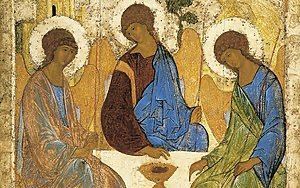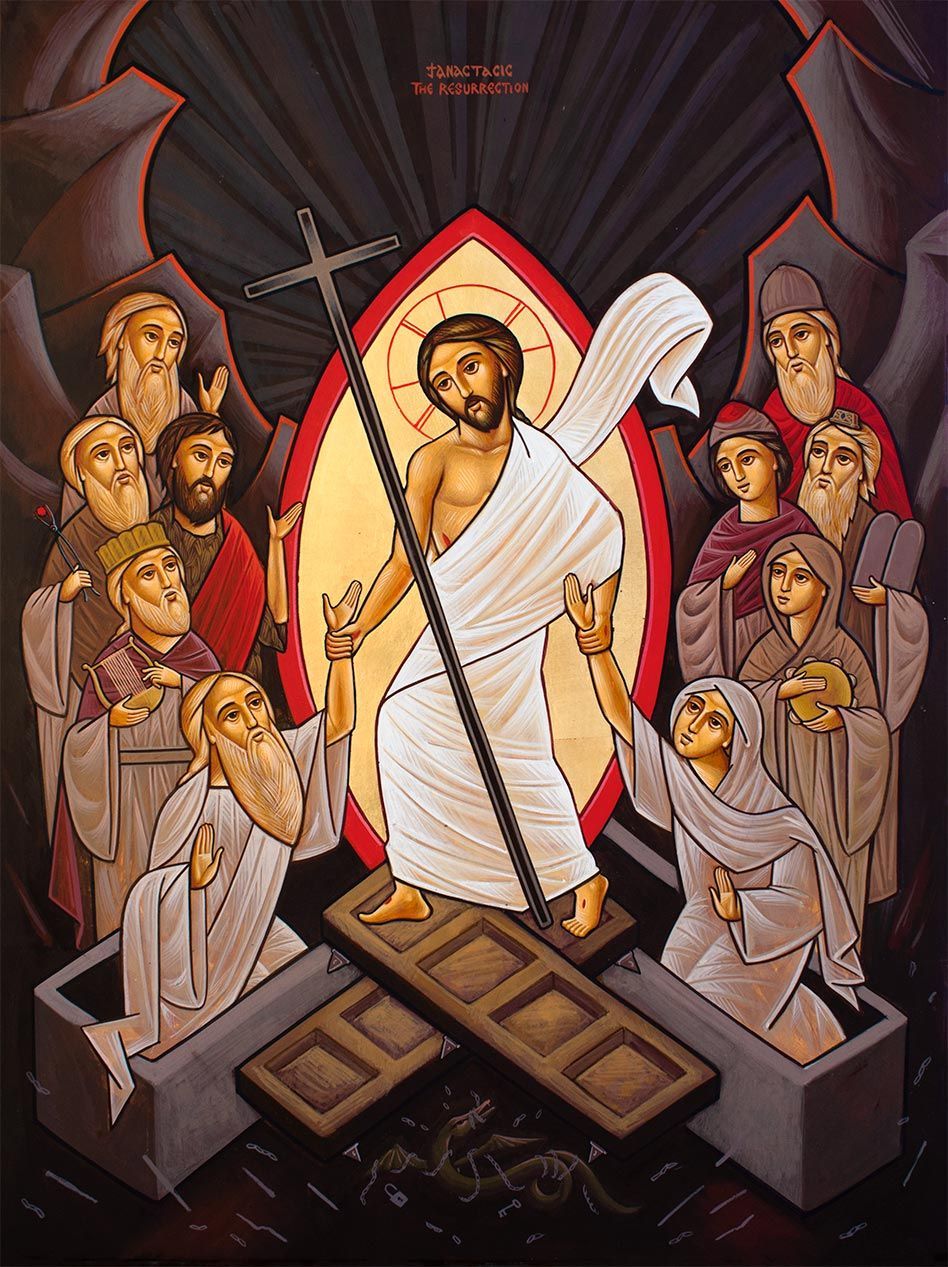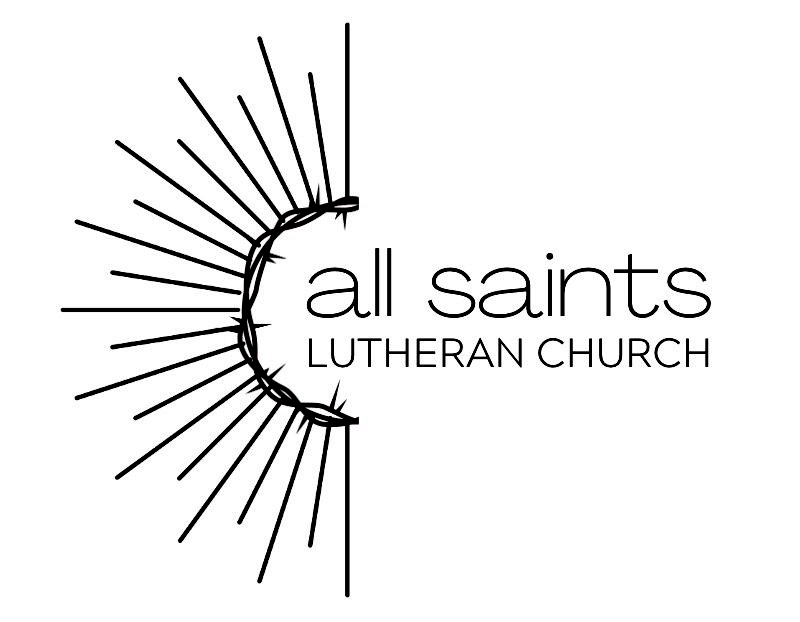Palm Sunday, March 24, 2024
When I was growing up,
there was a cable channel called TLC,
which stood for “The Learning Channel.”
It regularly aired scientific programs,
documentaries,
and sometimes even surgeries
in full detail,
in vivid technicolor.
I am not sure what TLC stands for now,
since the channel is most famous for
Honey Boo Boo, Dance Moms,
and 90-day Fiance.
But in its transition from technical expositions
of knee replacements and face lifts,
to reality TV hub,
one show caught and kept my attention,
even if it was through the spaces in my fingers.
My Strange Addiction
ran for 6 seasons beginning in 2010,
and featured mostly women
who were “addicted” to any number
of household goods.
There was the woman who was “addicted”
to eating foam rubber.
She had already devoured one mattress
and most of her couch.
Another woman was so obsessed with cleanliness,
that she cleaned her entire home
multiple times a week
with undiluted bleach,
even bathing herself in it.
Another woman loved her cats so much
she would eat their fur.
Another ate chalk, and another tires.
But the most concerning and disturbing
was the woman who carried her husband’s urn
wherever she went,
and when no one was looking,
she would eat her husband’s ashes.
As each of these women told their stories,
you didn’t have to be a trained psychologist
to hear that each of them
was using this strange “addiction”
to cope with some unspoken and unresolved
grief.
Some major change,
some significant loss,
some deep loneliness,
some profound longing
had seemed so impossible to bear,
so terrible to confront,
that each of them had retreated into a level of despair
that had robbed them of their sanity,
of their grasp of reality itself,
and left them sick, and sad,
and even more isolated than before.
Alcoholics Anonymous defines insanity as
doing the same thing over and over again
and expecting different results.
The goal of both AA
and conventional therapy
is to help individuals break this cycle
of despair and self-medication
by confronting the reality we had hoped to avoid
and learning how to cope with negative emotions
in healthy and productive ways.
This may seem like a strange start
to a sermon for Palm Sunday,
but this Holy Week is largely about the same thing:
confronting reality as it is
and leaning to cope with our grief.
Through this season of Lent,
we have been studying The Last Week
by Marcus Borg and John Dominic Crossan.
These authors point out that the Gospel of Mark,
our central text for Liturgical Year B,
leads the reader day by day
through the last week of Jesus’ earthly life.
Most of us were taught that this week
is about the passion of Christ,
meaning Jesus’ suffering and death
as a substitution for our sin
and the suffering we deserve in return.
But that is not what the Gospel of Mark has in mind.
Jesus doesn’t die for our sins,
the authors say,
but because of our sins.
Jesus’s passion was not his suffering and death.
Jesus’ passion was the kingdom of heaven,
a euphemism for a corrected view of reality
in direct contradiction to the alternate reality
of systems of domination
propagated by the Roman Empire.
Jesus called his followers to repent,
or said more plainly,
to change their way of seeing reality
and their way of responding to Rome’s alternate reality.
Jesus called his followers to take up their cross,
or said more plainly,
he called them to consciously and willingly
endure their grief,
to stare reality in the face,
and accept it as it is.
The Apostle Paul tells the Philippians to
Let the same mind be in you that was in Christ Jesus,
who, though he was in the form of God,
did not regard equality with God
as something to be exploited,
but emptied himself,
taking the form of a slave,
being born in human likeness.
And being found in human form,
he humbled himself
and became obedient to the point of death—
even death on a cross.
Jesus was in the form of God,
exempt from all the suffering and death
of the human experience,
and yet chose solidarity with the human condition
to demonstrate to us that obedience to reality as it is,
and not as the Empire says it is,
will bring us eventually to our own cross,
the intersection of solidarity
and transformation.
And the church has been avoiding this intersection
for a very long time.
Sometime in the mid-twentieth century,
recognizing that many parishioners
were coming to attending Palm Sunday
and Easter Sunday
but avoiding Maundy Thursday, Good Friday,
and Holy Saturday,
churches began to call this day
Palm and Passion Sunday.
In addition to the procession of the palms,
the readings would include
the entirety of the passion narrative
so that folks would not go from the triumphal parade
directly to the Resurrection
without ever hearing Jesus’ command to love as he loves,
or seeing him wash the disciple’s feet.
Without ever witnessing his agony in the garden,
his betrayal with a kiss,
his non-violent resistance of the Empire
and its alternate reality.
Without ever staring suffering and death square in the face,
or hearing Jesus’ forgive his killers,
or watching his lifeless body be taken down
and laid in a tomb.
Without ever grappling with the hard truth
that all his male disciples deserted him,
leaving the women, even his own mother,
to stand helplessly by him
in fear and trembling
while all their dreams died too.
Without learning to sit in the silence
of Holy Saturday,
feeling all our shame and sorrow,
all our grief and despair.
Like the subjects of My Strange Addiction,
we have tried to fill that silence,
that gnawing void,
with anything we could swallow.
We have filled our bellies
with the chalk and foam rubber
of personal salvation and cultural dominance.
We have tried to whitewash our harmful history
and hateful rhetoric with PR and outreach strategies,
until all that bleach burns the eyes
and stings the throat of the very people
we had hoped to reach.
And we have clung to the risen Christ
instead of facing the dead and buried Christ,
hoping that eating his body and blood
would prevent us from having follow him
to a cross of our own.
We have over-spiritualized words like
“repent,” “discipleship,” and the “kingdom of God,”
so we would not have to change, grieve,
or come to terms with reality as it is.
But this is the point of Holy Saturday,
the Sabbath day,
the day God rested from the work of creation
and now
the day God would rest before rising.
Palm Sunday calls us to be honest
about all our hopes and dreams.
Honest that we want a God to come and save us,
not the Christ that came to serve us.
We want a god of revolution,
instead of a God of revelation.
We want a god who will prevent our suffering,
not the God who will redeem our suffering.
We want a god who will overcome our sin for us,
not the God who will undergo our shame with us.
We want the Jesus of “All glory, laud, and honor”
and we want the Jesus of the empty tomb,
but until we can grieve the God we wish we had,
we will never know the God we do have,
This Holy Week call us to spiritual sobriety,
to walk the steps of Jesus
through grief, change,
and in radical commitment to reality as it is,
until we learn that this path is our own path.
This Holy Week is not performative,
not ceremonial and commemorative.
This Holy Week instructive,
preparative and demonstrative.
The live and death and resurrection of Jesus
reveal to us the very nature of reality,
prepare us for its inevitable suffering and sorrow,
and promise us that death does not have the final say.
Jesus does not walk the path for us,
but with us,
if we will come,
take up our cross,
and follow.
Amen.









